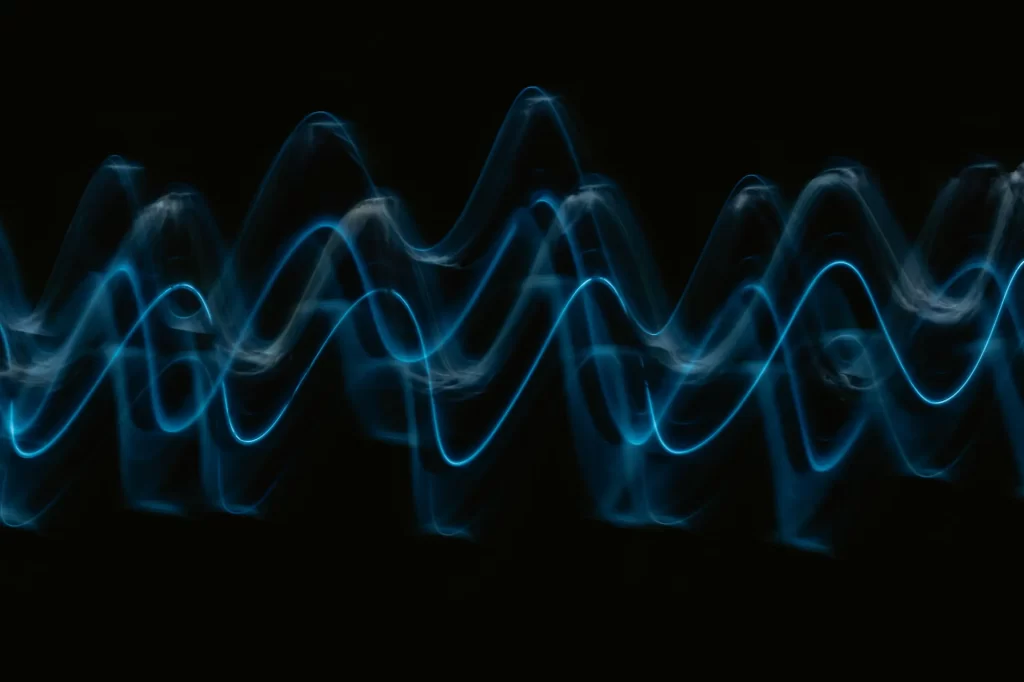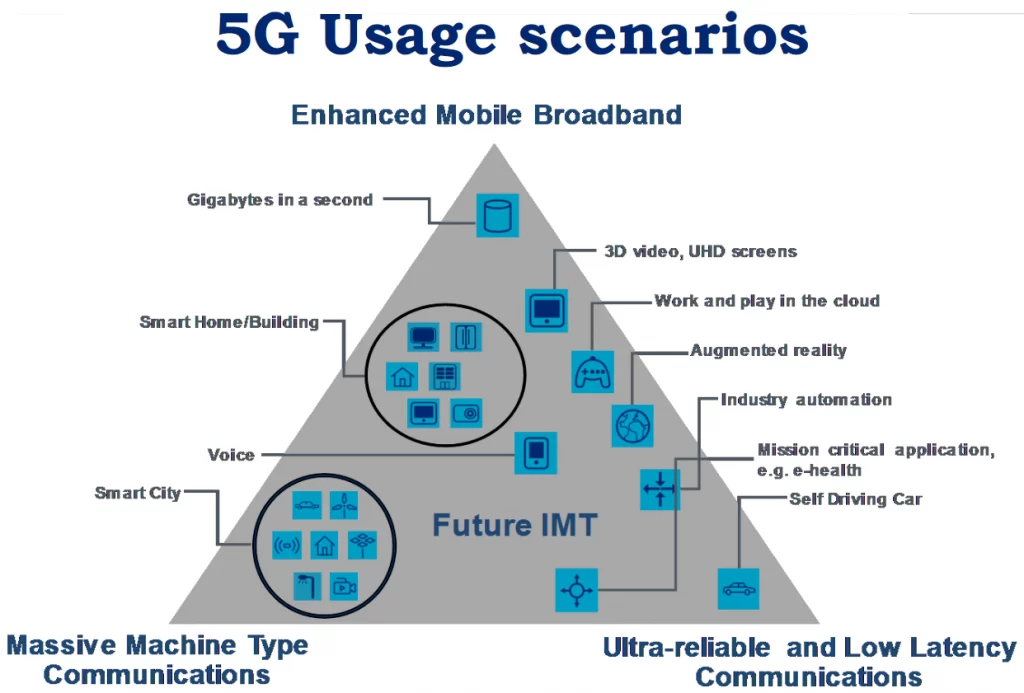With the advance in testing platforms, equipment has the capability to be lower cost than ever. The traditional drive test setup of PC, Scanner, Cable tethered devices, placed in a vehicle is not necessarily required any longer. Depending on the testing situation, portable scanners, devices tethered to tablets, and even completely autonomous setups are available. With each type of drive test equipment there is potential limits. PC based kits offer the most flexibility, available devices, and complete recording capabilities due to pure flexibility and speed of a PC.
RF Drivetest is the old backbone of wireless networks. As geolocation and other lower cost tools attempt to replace the drivetest, it may need to visit what type of drivetest and costs are being saved. Rather than focusing on the cost of drivetest, lets focus on how to get the most efficiency out of the drive data collected. This article will focus on these four areas:
- Equipment
- Setup/Tests
- Routes
- Reuse

The setup of the test is often dictated by the test equipment available. A single device pocket typically will allow for a single call/data session at a time allowing only one layer of the network to be tested, where a PC setup could have 8 or more devices potentially setup and testing along with the scanner for multiple bands and technologies. An autonomous or single device though is required for high capacity venues, where a PC based setup often is limited to the vehicle or non-utilized venues. RF Shaping and footprint optimization should be done with detailed scan data so the exact coverage layer in question is available, where user experience testing requires Ue (devices). In the LTE/LTE-A/VoLTE networks being deployed and now available to the consumer, it is important to ensure the devices being utilized for testing are capable of all the features/spectrum bands available. The ability for test equipment to keep up with technology roll outs has become ever more difficult as device manufactures are often reluctant to allow control of their devices.

The routes for testing whether indoor or outdoor dictates the longevity and usefulness of the data. There are typically three types of drive routes plus stationary testing. Stationary testing is for validation testing. This may include emergency call tests, data throughput scenarios or call tracing of known issues. Similar to stationary tests are the spot drives. These short route tests are typically to validate a call scenario or reported issue or to patch a corrected piece of network control route data. Control route data is a snapshot in time for the given network. These routes are constant and provide the value over multiple iterations. Over time these types of drives allow for the demonstration of performance improvements or degradation based on changes in the wireless network. Outside of time over time comparison, these drives are always a snapshot in time and may fluctuate within a general standard deviation on results based on how the devices utilized for testing may float.
Spot tests, control routes, and stationary testing is focused on the performance of the customer use. Detailed drives however are utilized to focus on the RF network. Scanner data is the most vital from these drives to have detailed cell footprints. Although data is time consuming to collected, depending on the number of network changes, this data has the potential shelf life of 2+ years.
Reuse of RF Drivetest allows for the best cost savings for a network. Reuse could be one of two things, the longevity in which you can utilize the data collected directly or it can be the way the collected data is recalled for bench-marking or performance trending. A single detailed scanner drive could be utilized for over a year by RF teams to optimize networks. Multiple years of spot and control route drives can be utilized to see the trend of drop call, coverage, quality, and other user experience events if databased and recalled correctly. Without the reuse of RF Drivetest data, the costs are extremely high in terms of labor and time. It is often the misuse of drive data collection and storage that results in a view of drive data being expensive. As geolocation of user calls becomes more accurate, the need for drivetest should naturally reduce. Drive data collection should turn into a simple validation system with lower cost options and detailed data collection for geolocation validation, footprint optimization, and long term use with traditional setups.





